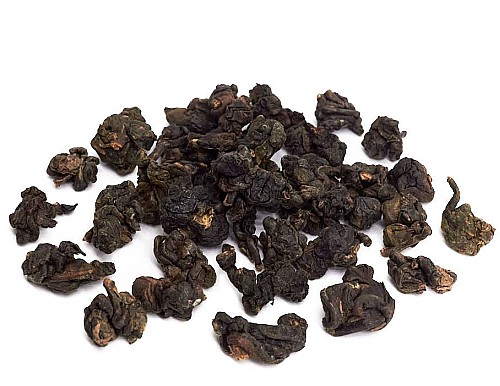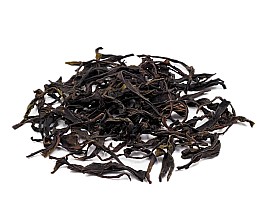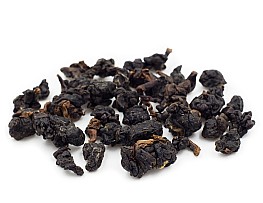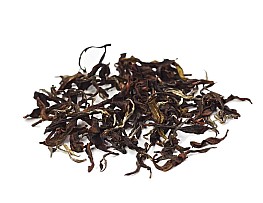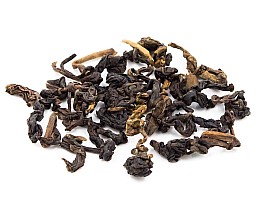2024 Гуй Фэй Премиум улун
Я с уверенностью могу заявить, что это один из самых мощных классических Гуй Фей улунов, которые продавались когда-либо в нашем магазине.
Что я имею в виду под словом “классический”: чистый, хорошо кусаный материал (это всегда понятно по интенсивности, профилю и чайному дну); окисленный сильнее светлых улунов, но без ухода в “красную воду”.
Органолептика
Промытый чай взрывается фруктовым миксом с яркой земляничной нотой на плотном медовом бэкграунде. Чай свежий, и мелодия его ассоциируется со свежим тайским диким медом.
Острая, медовая нота, которая всегда есть в хорошо кусанном материале, здесь просто затуманивает разум. Вы тоже сразу ее найдете, как только начнете разнюхивать чай.
Отдельно хочется отметить долгое послевкусие, к которому добавляются тона карамели и шоколадных конфет — и, конечно, бархатное ощущение меда на небе.
Стойкость к проливам отличная, как и положено премиальному качеству. Улун пьется мягко, гладко и сладко.
Я уже провел пару экспериментов с этим чаем:
1. Сначала оставил спитый лист завариваться на ночь — к утру снова получил плотный медовый настой без терпкости.
2. Затем убрал готовый настой в холодильник, чтобы посмотреть, как ощущается чай в холодном виде и нет ли сепарации (расслаивания) настоя — этот тест наш Гуй Фей также прошел блестяще.
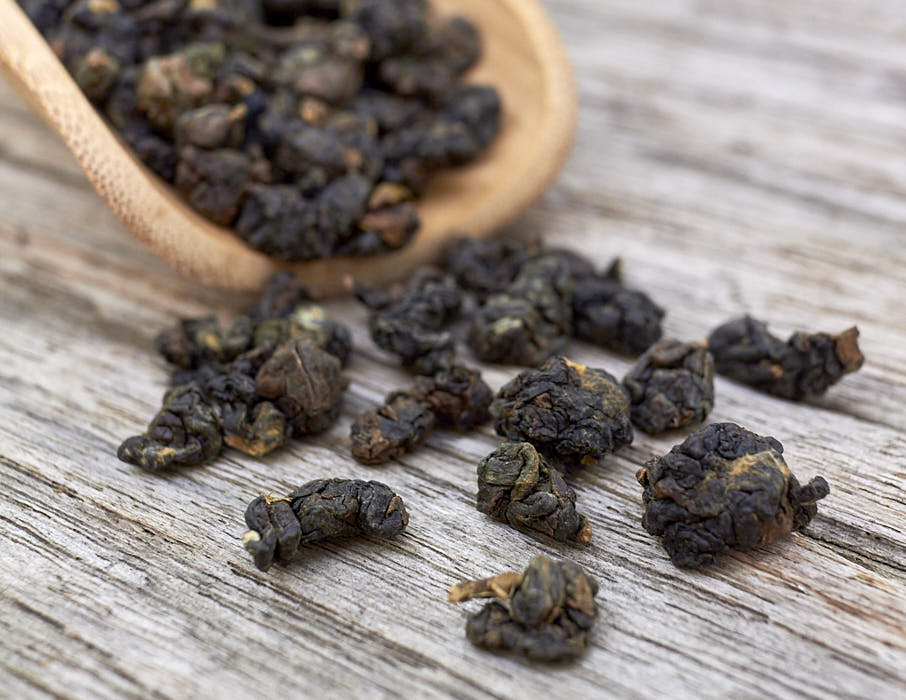
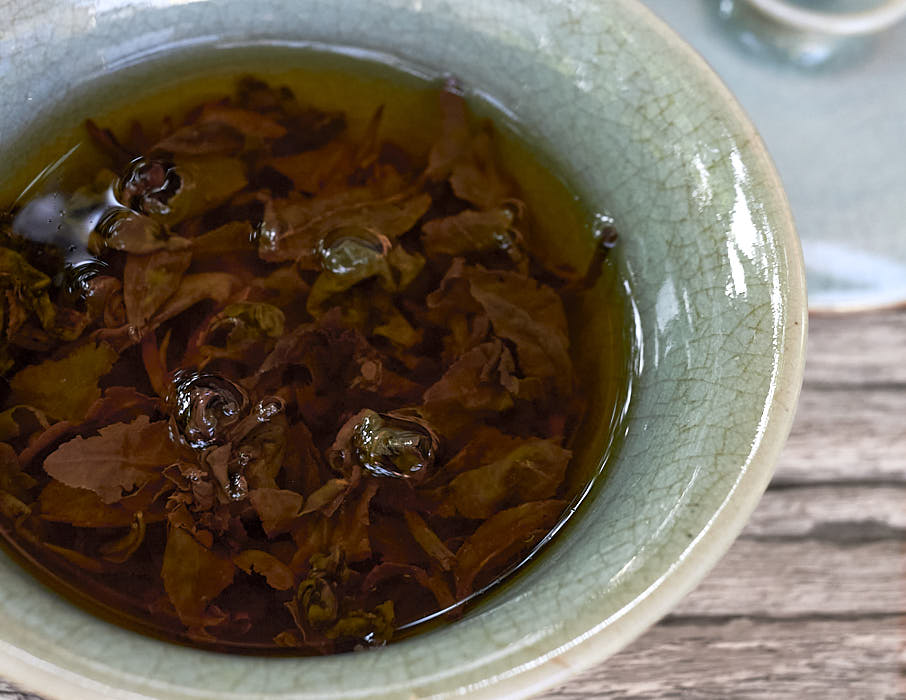
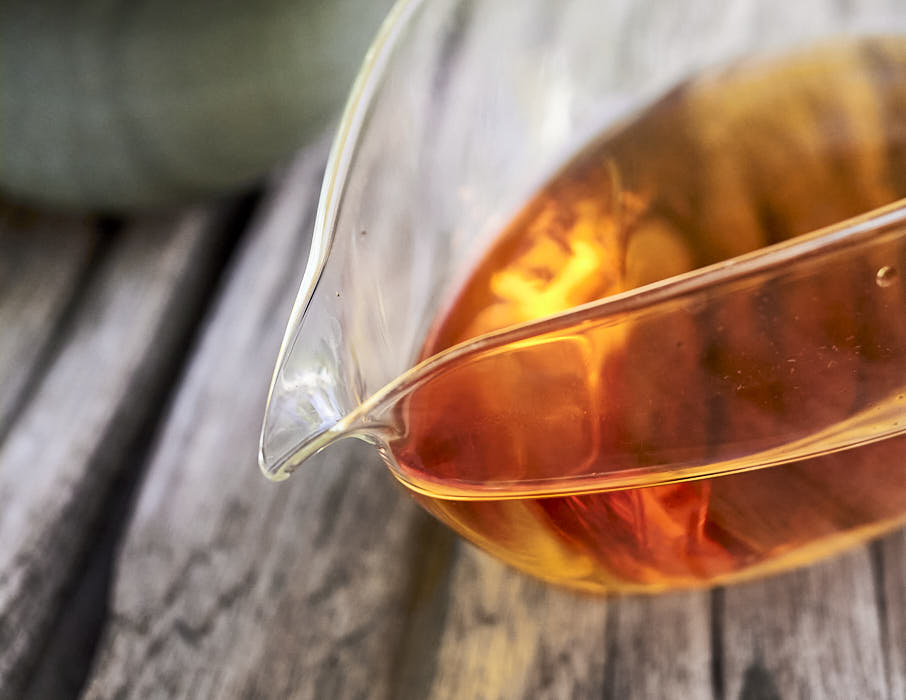
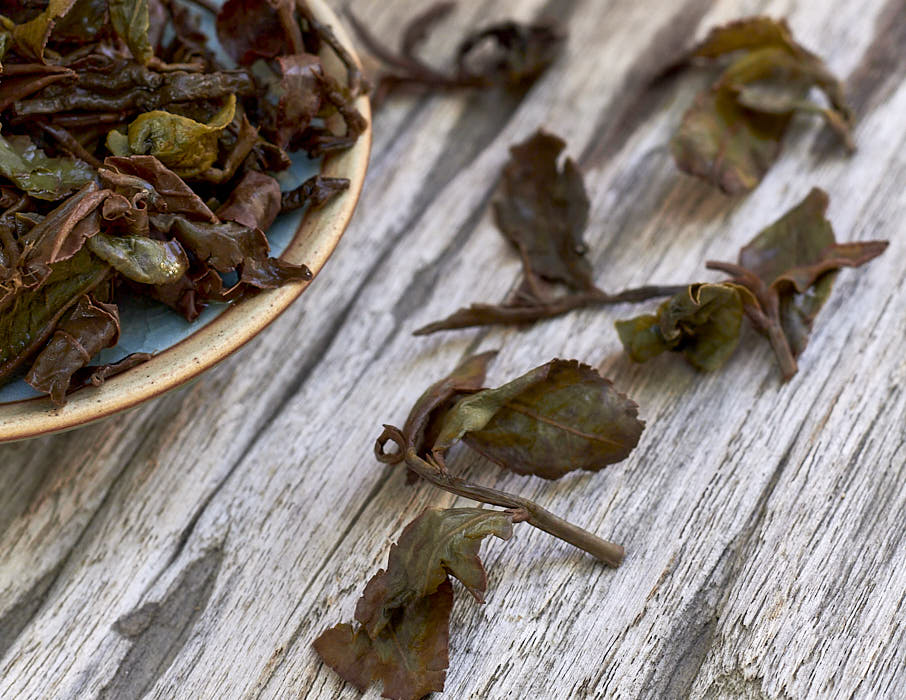
Отзывы (8)
Начинается со специи — не совсем корица, но близко — и ароматного эффекта, напоминающего ликёр. Описать его точно трудно, но он ощущается как центральный мотив. Сладость и яркость не такие выраженные, как у другого чая, но сладости достаточно, чтобы сбалансировать вкусовую палитру. Вкус определённо не уходит в умами, хотя ощущение может где-то присутствовать фоном. Все ноты сливаются — чай не раскладывается на простые элементы, а воспринимается как целостная картина.
При слишком крепком заваривании интенсивность не идёт ему на пользу — проявляется лёгкая кислинка, которая может восприниматься как недостаток. Однако при более классическом заваривании (примерно 15 секунд) баланс восстанавливается. Этот ранний острый край уходит, как это бывает с шэнами, и чай становится гораздо приятнее.
Специя сохраняется, но остаётся трудноопределимой — возможно, это не корица, а кора какого-то растения или что-то благовонное, может быть, сандал. Есть и фруктовые оттенки, но они тоже не ярко выражены. Вклад обжарки и тёплых минеральных тонов создаёт телесность и плотность настоя — не сухую, а скорее дающую ощущение структуры.
Ликёрный характер особенно приятен, а специя, напоминающая кору или благовония, делает этот чай по-настоящему особенным. Вкус может не быть универсальным, но вряд ли кого-то оттолкнёт. Чай глубокий, «тёплый», как будто для прохладной погоды. И всё же даже в бангкокскую жару он звучит гармонично. Это не тот чай, с которым спешат — его пьют до последней капли.
улун супер, приятный, пьется легко, добавить что-то нового нет, действительно эталонный улун.
Ароматика сухого листа — яркая и свежая, с цветочно-медовыми и ягодными нотами, напоминающими аромат джема или варенья. Ощущается сладость и яркость, обещающие насыщенный вкус.
Прогретый чайник.
Запах согревает ягодным вареньем с оттенками цветочности и медовости, создавая уютный и тёплый букет. На втором плане проявляются луговые цветы, подчеркивающие сладость и легкость.
Аромат в пиале.
Медовые нотки в сочетании с разнотравием и луговыми цветами. Обладает глубоким и насыщенным ароматом, напоминающим ароматный летний луг.
Вкус
Первый пролив.
Во вкусе прослеживается легкая ягодная кислинка, смешанная с медовыми и травяными нотами. Все в умеренных тонах, создавая гармоничный баланс и плавность.
Второй пролив.
Сладость усиливается, аромат становится более ярким, проявляется джемовая нотка. Разнотравие и луговые цветы в послевкусии добавляют свежести и легкости. Ощущение, словно наслаждаешься ложкой меда, заполняющего рот теплом и сладостью.
Общее впечатление.
Чай производит мягкое и насыщенное впечатление. Его яркая сладость, глубокие медовые и травяные ноты создают незабываемое ощущение, как от летнего медового десерта. Чай дарит ощущение уюта и нежности, превращая дегустацию в настоящее удовольствие. Этот улун уверенно входит в список фаворитов благодаря яркому характеру и сладкой гармонии.
Заключение
Этот улун заслуживает особого внимания и подходит для длительных чаепитий, где он раскрывается с каждой новой минутой. Проливы добавляют больше разнообразия в аромат, медовая сладость и цветочные оттенки держатся до последней капли, напоминая о теплых летних днях и луговом разнотравье. Мы остались довольными, столько меда в чае я не встречал, создалось ощущение, что ел мед ложками )), а после церемонии, сладость держалась еще час, очень круто. Просто попробуйте, вы не разочаруетесь.
Мне и девушке (особенно ей!) чай очень понравился, один из самых вкусных улунов, которые мы пробовали. Впечатлило разнообразие и богатство запахов и динамика развития вкуса - точно словить ассоциации сложно, но если представить себе легкие летние духи с миксом ароматов цитрусов, слив и цветов, то получится что-то похожее на этот чай, хотя, конечно, словами не опишешь всю ту магия, которая происходит в гайвани. При заварке в чайнике, на мой вкус, чай немного потерял свою особенность и стал похож на хорошую ягодную габу - то есть это все еще вкусный и прекрасный чай, но фарфоровая гавань все же лучше раскрыла все его особенности.
Это один из самых вкусных улунов, которые я когда-либо пробовала! Вкус начинается с глубоких, сладких, мягких нот бурбонской ванили, смешанных с мякотью сливочных тропических фруктов, а затем заканчивается изящной, душистой насыщенностью черного чая, как Ассам или Дарджилинг, без горечи или терпкости. Как прекрасный, фруктовый королевский чай с молоком, легко танцующий на языке до последней капли. Одновременно игривый и изысканный, это чай, которым стоит насладиться.


